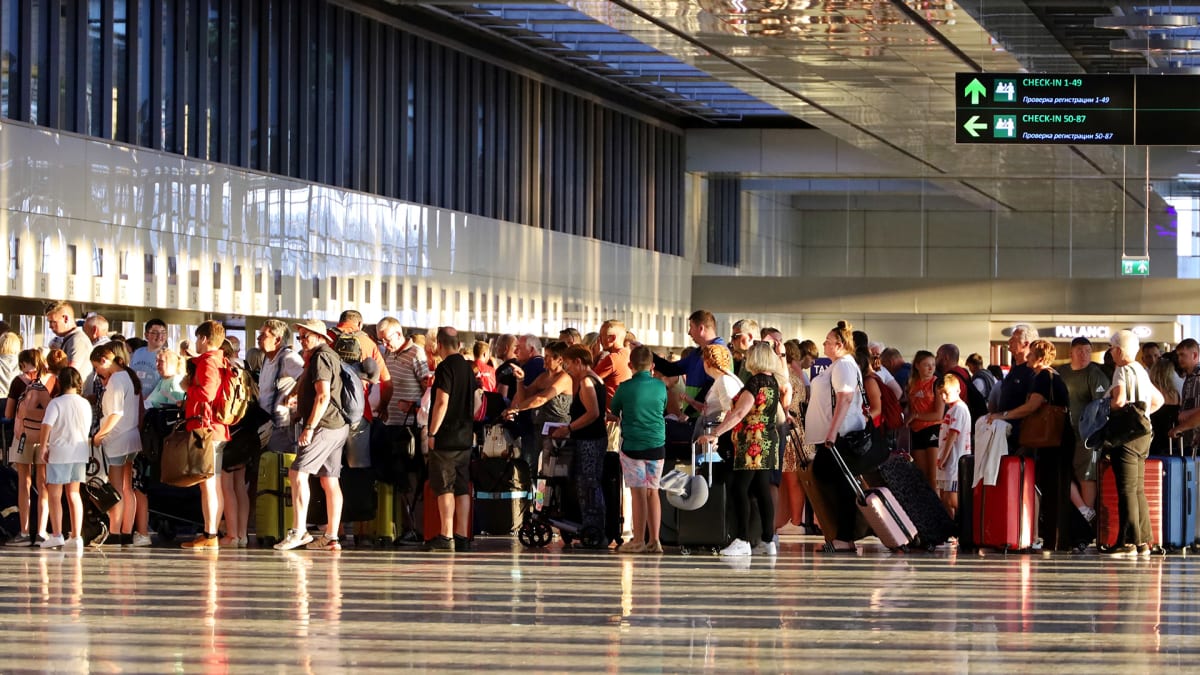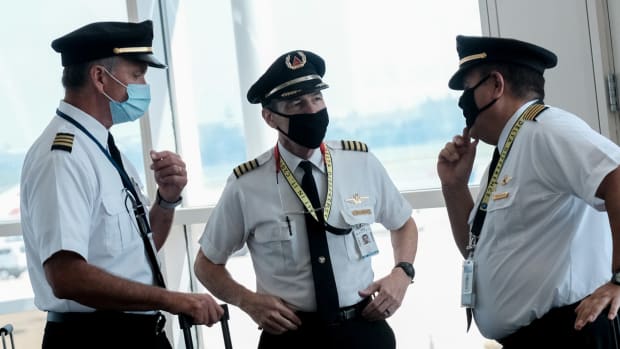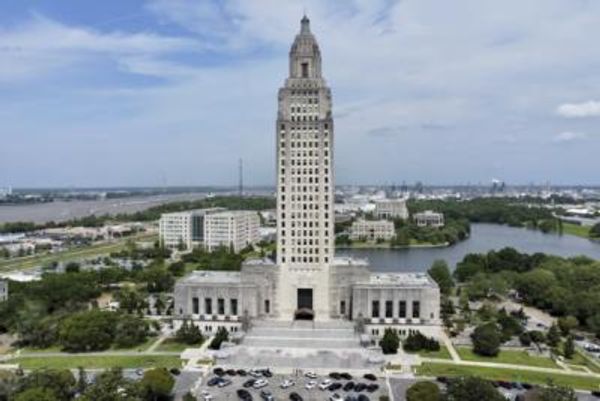
The past few years has seen a marked uptick in the popularity of sports betting, as well as ads for sports betting apps.
But the most popular form of gambling is the one people do every day: showing up at the airport and hoping they’ll actually get to where they want to go.
DON'T MISS: Major Airline Is Giving Away 3,000 Free Tickets to Hong Kong
Ever since vaccines became available and restrictions started loosening, the demand for travel has soared, but flight delays and cancellations have become rampant. While Southwest’s holiday meltdown stands as the biggest example in the public’s imagination, it's been such a recurring problem that both President Joe Biden and Transportation Secretary Pete Buttigieg have issued stern warnings to airlines to get their act together, or else they might face some legislation they won’t care for.
But now, the General Accountability Office has issued a report that sheds light on what’s behind all the cancellations, and where the blame really lies.

Michael A. McCoy/Getty
Reasons for Cancellations
"From October through December 2021, airlines caused 60% or more of flight cancellations each month, exceeding any point reached in 2018 and 2019," notes the study, which was undertaken at the request of Congress. "Airlines were again the leading cause of flight cancellations in April 2022."
The report notes that flight cancellations were up 16% during the final six months of 2021, versus the last six months of 2019. Also, cancellation rates increased at seven of the 10 largest U.S. airlines, and cancellation numbers remained high during the first four months of 2022, for a total of nearly 82,000, compared to 56,000 and 67,000 for the same time period in 2018 and 2019.
The GAO report indicated that airlines were largely responsible for the cancellations. Weather was the main issue in 2018 and 2019. But starting in February 2021, it seems as though airlines found themselves unprepared for the post-vaccine travel boom
The report finds that in the last six months of 2021, all 10 of the largest U.S. airlines attributed a higher percentage of cancellations to causes under their control than they did in 2019. For airlines such as JetBlue (JBLU), United Airlines (UAL) and Allegiant (ALGT), that cancellation percentage increased by a factor of several times.
Hampered by Recruiting and Training Issues
The airlines, in interviews with GAO investigators, pointed to difficulties recruiting and training enough pilots and other essential personnel, as many people took buyouts and early retirement during the pandemic, and there haven’t been enough experienced hands around to teach a new generation. Recently, airlines have pledged that they will pump more money into this area in order to keep up with demand.
Other airlines have also responded by updating software and cutting routes from their schedule. Still, Buttigieg and the Department of Transportation has been investigating four U.S. airlines, including Southwest Airlines (LUV), since March for potential unrealistic scheduling.







